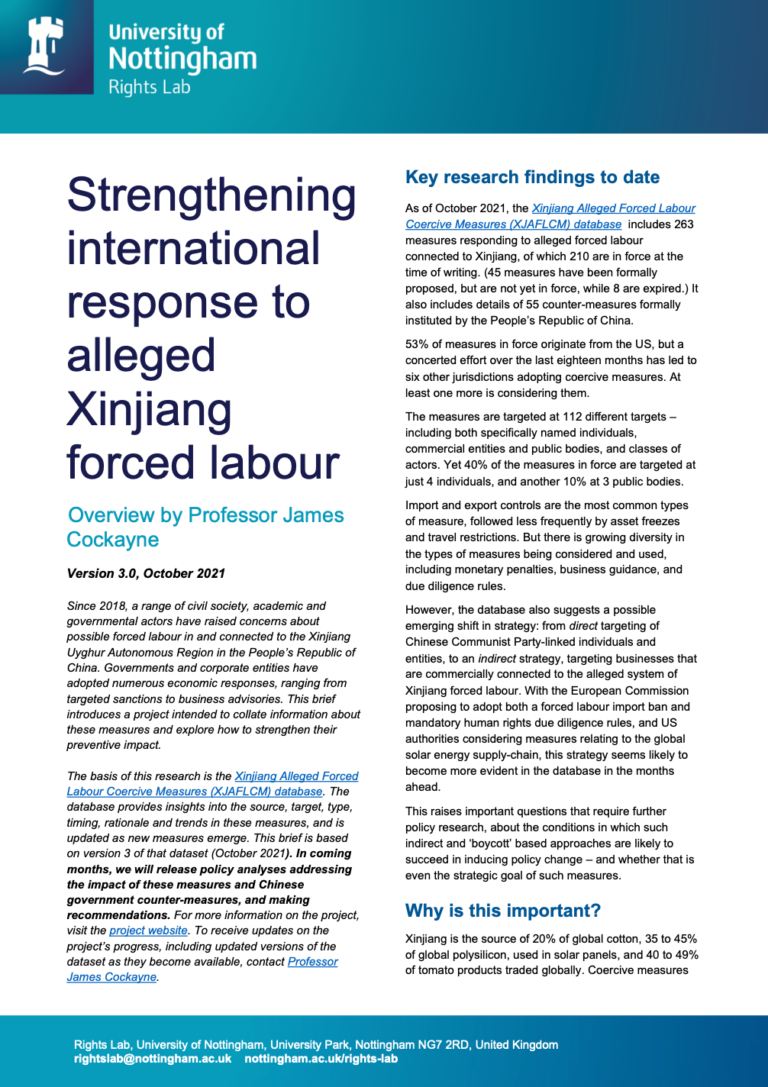Handbook on Initial Victim Identification and Assistance for Trafficked Persons
GuidanceThe Task Force, which was established in 2016, is a multidisciplinary and cooperative consortium of 27 organizations with the mission to collectively advance anti-trafficking efforts in the Hong Kong SAR. The Handbook’s release follows the endorsem...Read More

